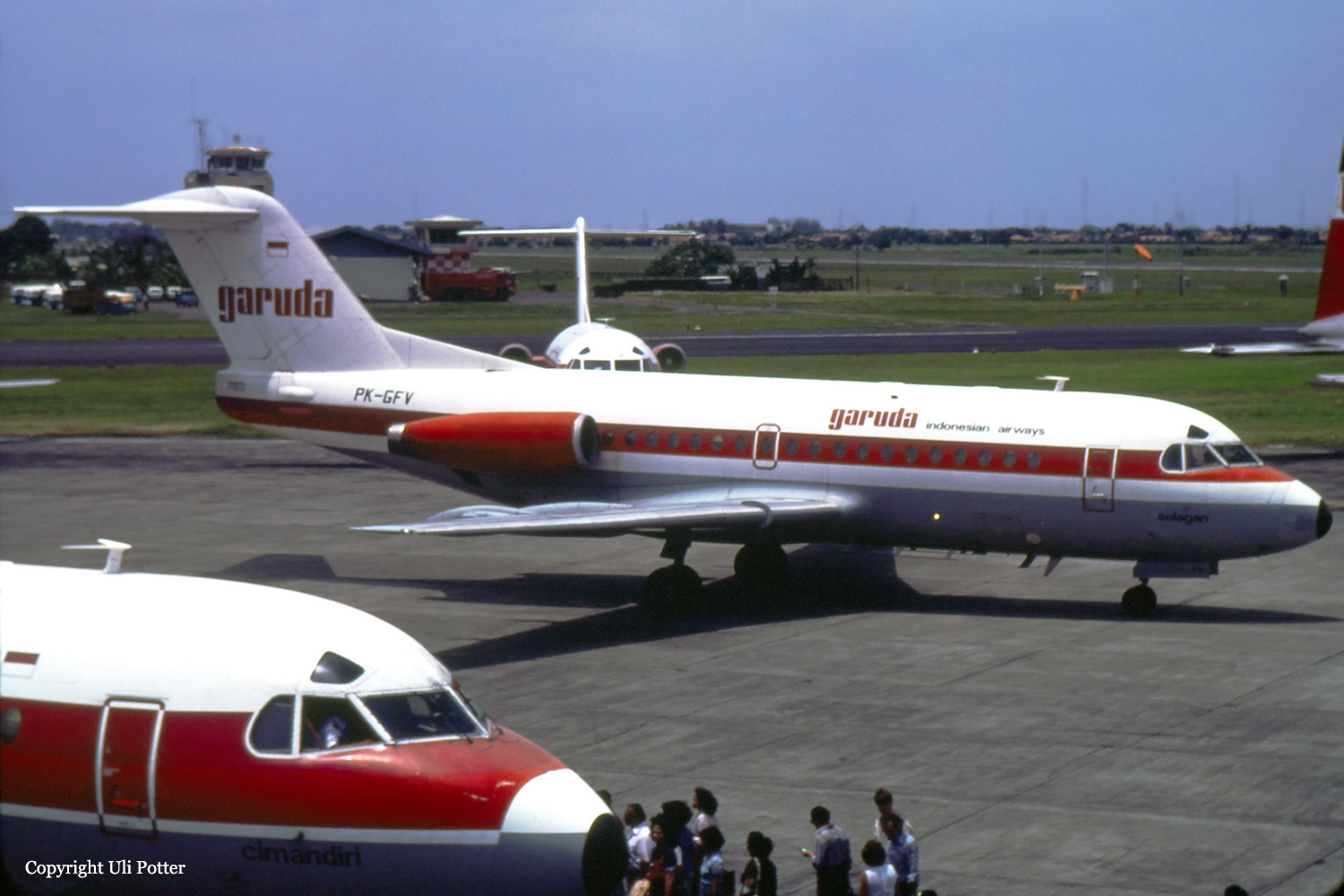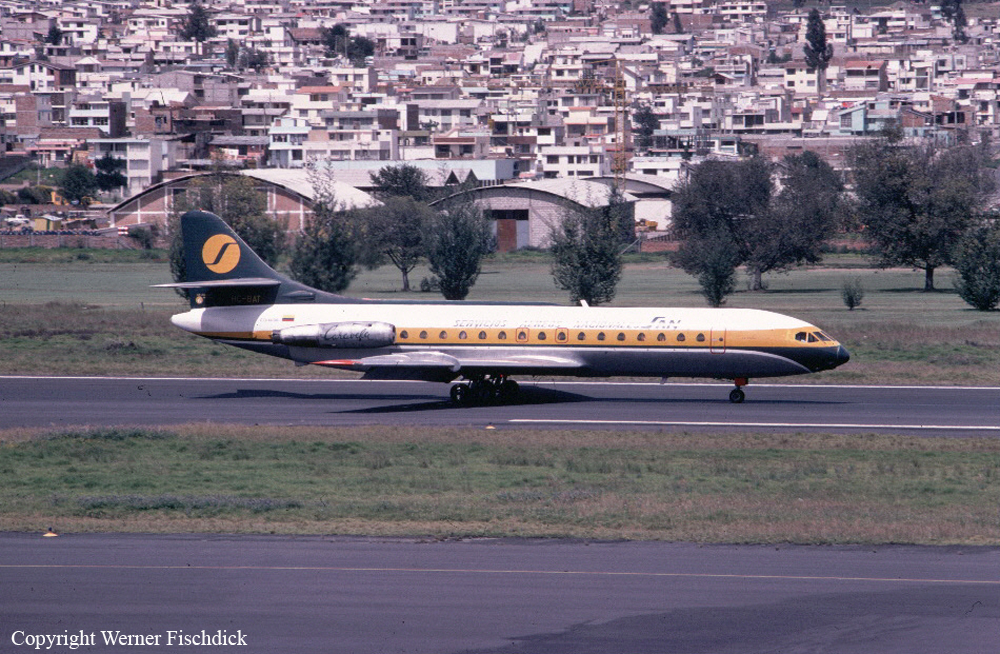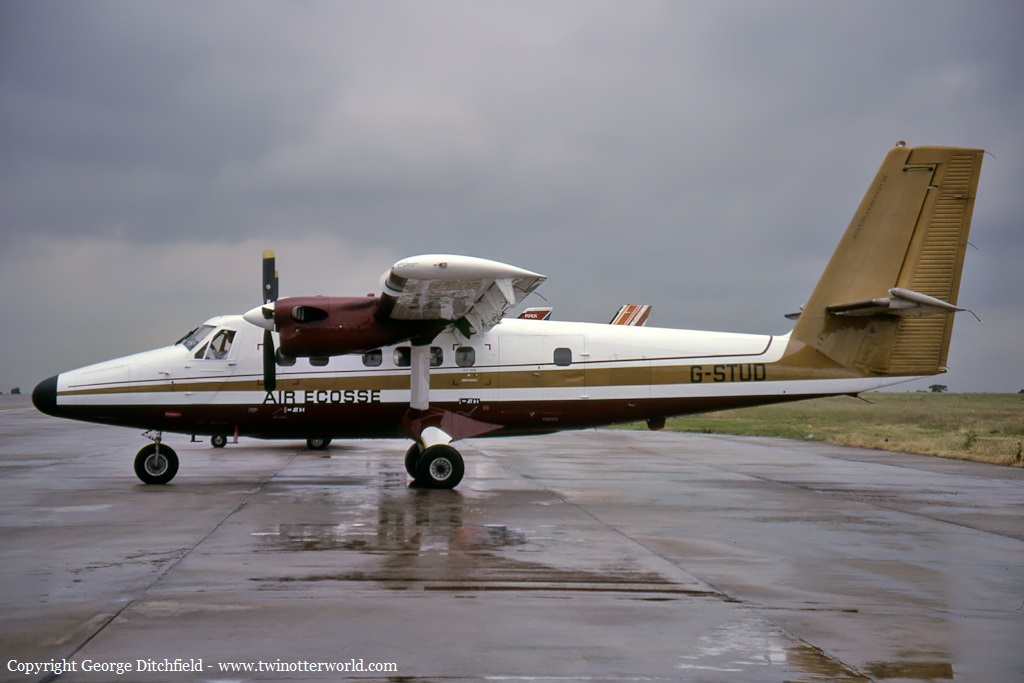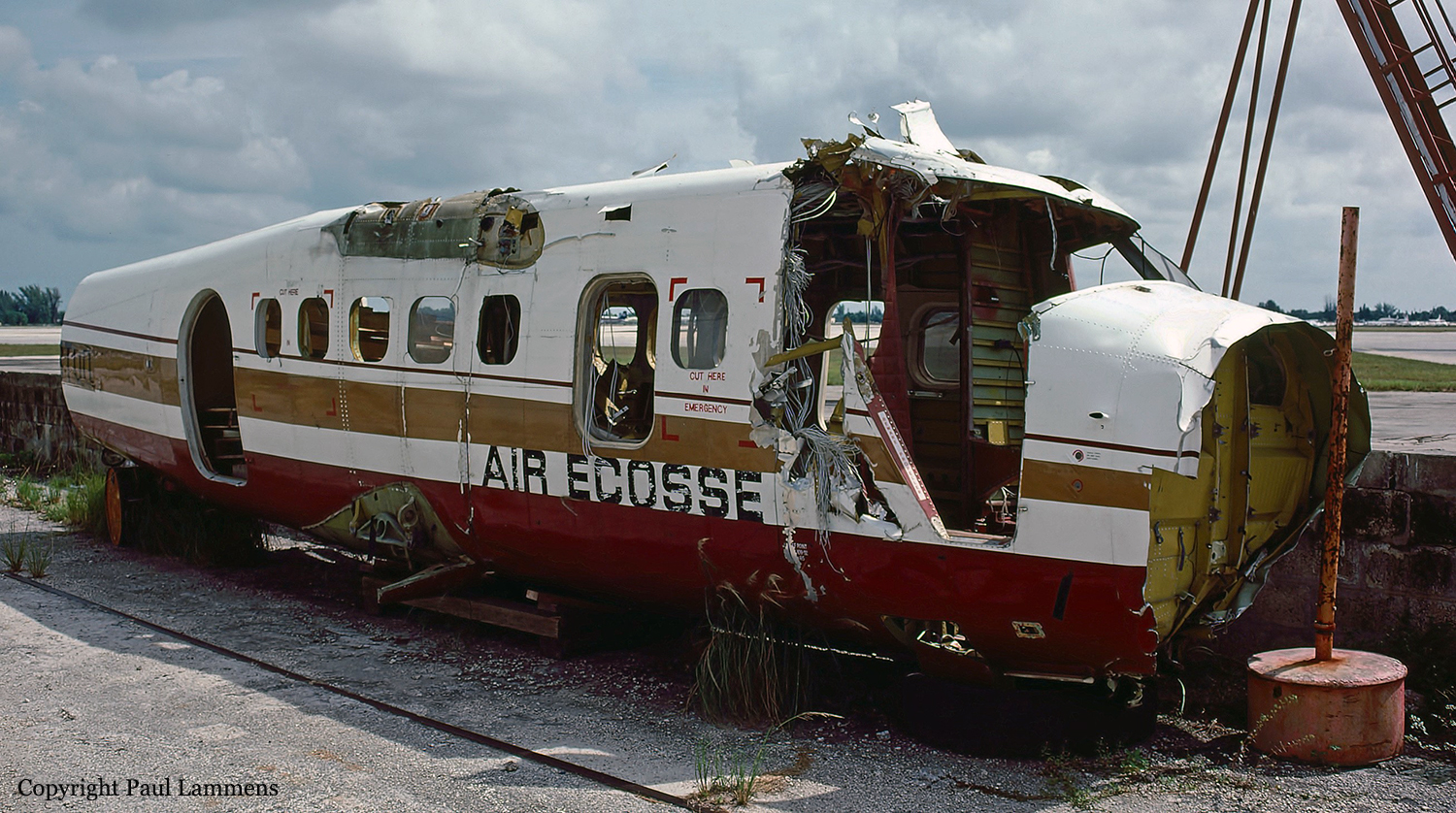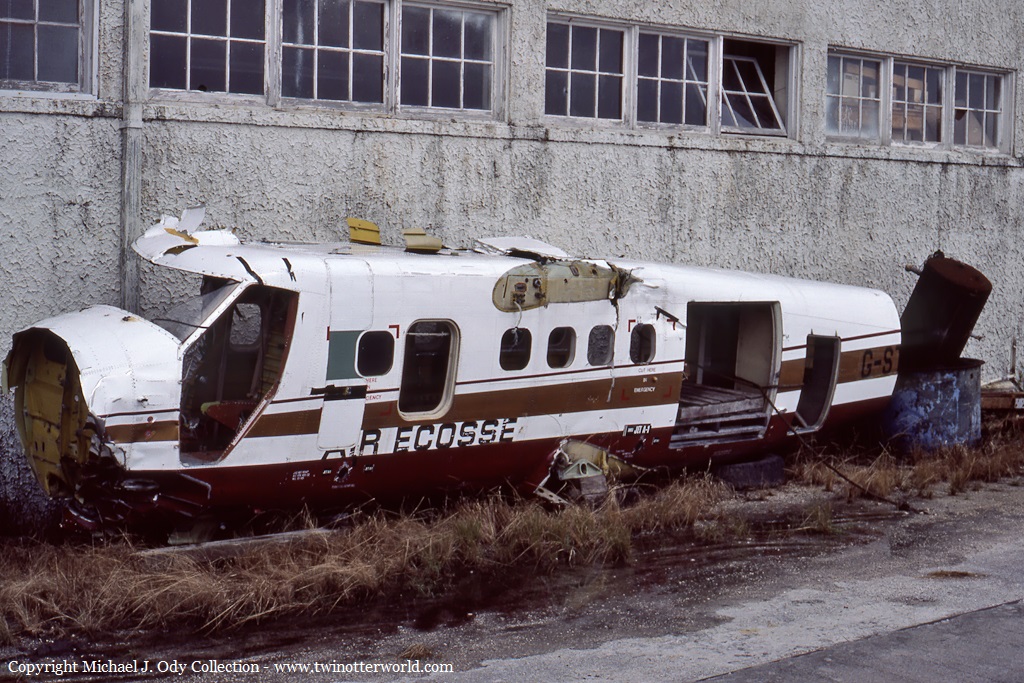Crash of a Fokker F28 Fellowship 3000 in Bandar Lampung: 3 killed
Date & Time:
Jun 2, 1983 at 0850 LT
Registration:
PK-GFV
Survivors:
Yes
Schedule:
Bandar Lampung - Jakarta
MSN:
11132
YOM:
1978
Crew on board:
4
Crew fatalities:
Pax on board:
57
Pax fatalities:
Other fatalities:
Total fatalities:
3
Aircraft flight hours:
9334
Aircraft flight cycles:
9227
Circumstances:
At liftoff from Bandar Lampung-Branti Airport runway 14, the captain realized that one of the engine failed. He abandoned the takeoff procedure and landed back onto runway. Unable to stop within the remaining distance, the airplane overran, struck a concrete wall and crashed on a small hill located 138 meters past the runway end. Both pilot and a passenger were killed while 12 occupants were injured and 46 others escaped uninjured. The aircraft was destroyed.
Probable cause:
It was determined that none of the engine failed at takeoff. Following a poor flight preparation, the crew failed to follow the pre-takeoff checklist and adopted a wrong takeoff configuration.
